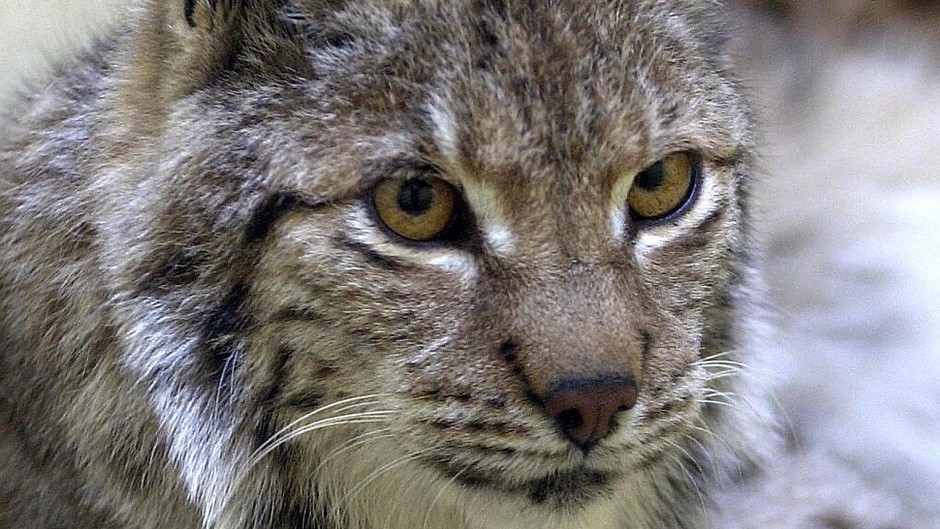An official application to bring lynx back to Scotland will be submitted this summer and could result in the big cats roaming Britain for the first time in 1,300 years.
The Lynx UK Trust has just completed a public consultation on plans to reintroduce the creatures – complete with GPS tracking collars – to the British countryside.
Now the group will apply to Scottish Natural Heritage for a licence to release up to six Eurasian lynx in Aberdeenshire.
A site at Grumack Forest, near Huntly, has been earmarked for the trial introduction.
Applications will also be lodged with Natural England to release the big cats in Norfolk, Cumbria and Northumberland.
The programme would last three to five years and scientists, who insist the creatures pose no threat to humans, would track their movements.
The Eurasian lynx was a native of the British Isles but became extinct in the UK 1,300 years ago.
More than 9,000 responses were gathered from the consultation.
Supporters claim the creatures would help control deer population while having a “lynx effect” on tourism, however, farmers have raised concerns about the plan.
Recent costly reintroduction schemes in Spain and Portugal have been successful in taking the Iberian lynx, which is smaller than its British cousin, back from the brink of extinction.
A spokeswoman for the trust said the big cats were elusive, creatures whose hunting focused on deer species and small prey such as rabbits.
She said: “This solitary and secretive nature means that they present no threat to humans and it is exceptionally rare for them to predate on agricultural animals.
“Their presence will return a vital natural function to our ecology helping control numbers of deer and a variety of agricultural pest species whilst protecting forestry from deer damage caused by overpopulation.”
